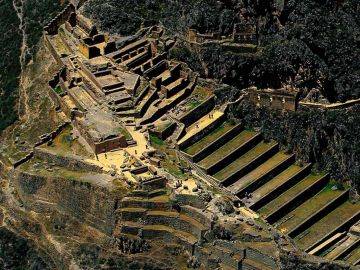In the travel world, you simply can’t talk about Peru without mentioning Machu Picchu.
The great Inca ruins are an absolute must-see – the type of destination that every person should have on their bucket list. The ancient city is a bona fide world wonder, and the surrounding scenery is absolutely stunning as well. Machu Picchu is completely worthy of all the praise it receives. It’s blessed with mystical beauty, historical significance and cultural relevance as well.
But few people realize that Machu Picchu isn’t the largest, oldest, or even the most important archaeological site to be found in the Andes. Here, we’ll take a look at some of the many lesser-know Inca ruins in the Sacred Valley of Peru.
Pisac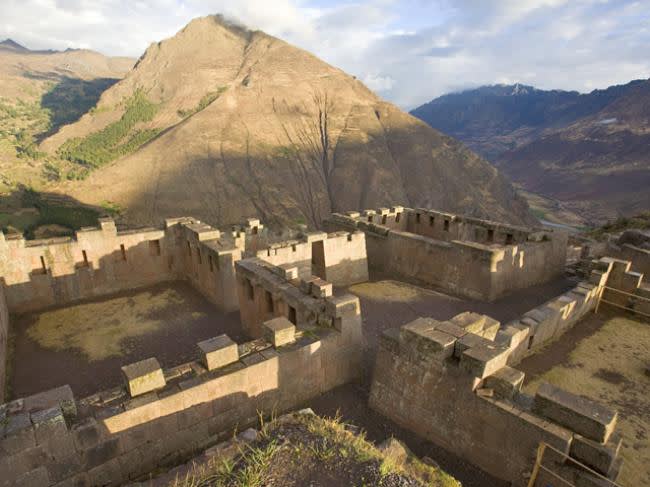
Found at the western end of the Sacred Valley, Pisac is one of the largest, most impressive ruins to be found anywhere in the Americas. Basically, Pisac is an entire mountain that has been carved into terraces. The Sacred Valley as a whole was a crucial agricultural region, and Pisac was likely the most important center for agriculture in the entire Inca Empire.
Pisac translates to “Partridge” in the Quechua language. The archaeological ruins are shaped in the form of the bird, but the form is really only visible from the air.
Moray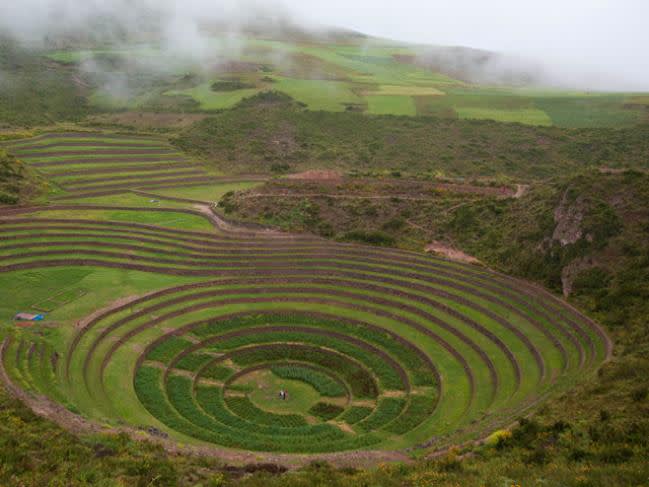
The circular-shaped Moray ruins– found on top of one of the passes into the Sacred Valley– are some of the most interesting ruins in the country.
Shaped somewhat like an amphitheater, they are a visual marvel to behold. But what’s really great about them are the theories behind their existence. The round ruins are cut about 100 feet into the earth’s surface, which causes the temperatures to vary greatly from top to bottom.
Local guides will tell you that the top of the ruins can be as much as 15 degrees cooler than the bottom. They tell visitors that high-altitude plants like potatoes could be grown at the top, while more tropical fruits and vegetables could be grown on the bottom. Some archeologists have hypothesized that the Inca people used Moray as a sort of test plot for their agricultural experimentation.
Ollantaytambo 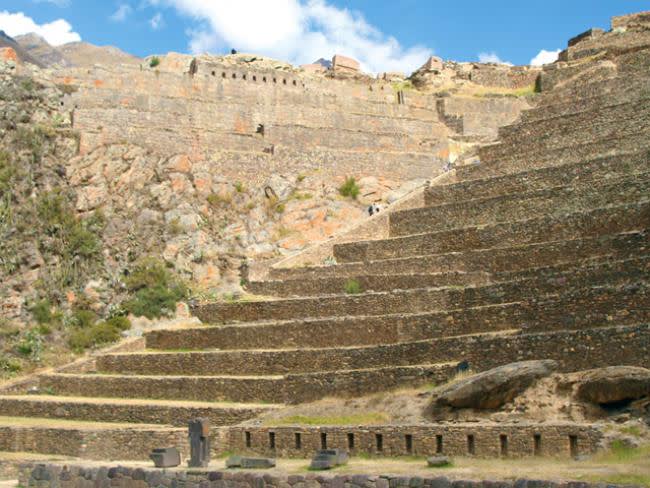
The ruins of Ollantaytambo are found on the hills surrounding the town of the same name. For those adventurous souls hiking the entire Inca Trail, these important ruins are the starting point of the trek.
What makes Ollantaytambo so special is the fact that much of the city’s original Inca walls remain intact, and some of the ruins’ stone work is beyond incredible. Many of the rocks that form the terrace walls are the size of three or four people, and the construction scale of it all is almost unfathomable.
Ollantaytambo is world renowned as an important location for summer solstice festivities. There’s a large mountain shaped like the face of a warrior looking over the town, and only on the date of the solstice does the light pass directly over the face’s eye. It’s an impressive thing to see.
Winay Wayna 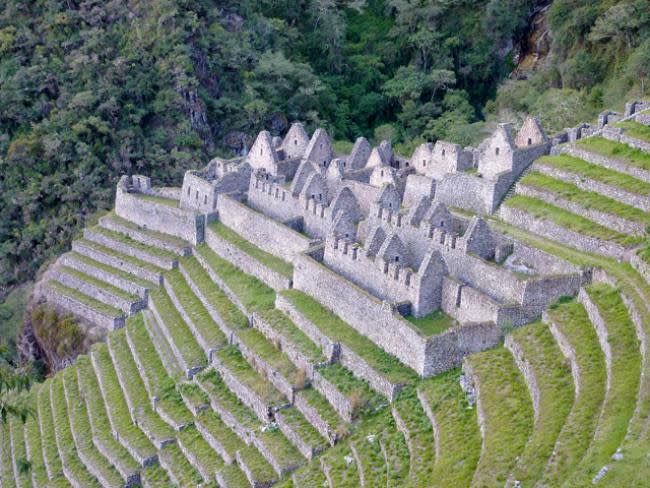
Winay Wayna is arguably the most underrated of all the Inca Ruins in the Sacred Valley of Peru. Its lack of notoriety is probably due to the fact that these ruins can’t be accessed by car or train. They can only be seen while making the hike along the Inca Trail on foot.
In some ways, with its houses built within a set of agricultural terraces, Winay Wayna looks a little like a miniature version of Machu Picchu. Many archaeologists believe that this location once served as a checkpoint and rest stop along the Inca Trail.
Vitcos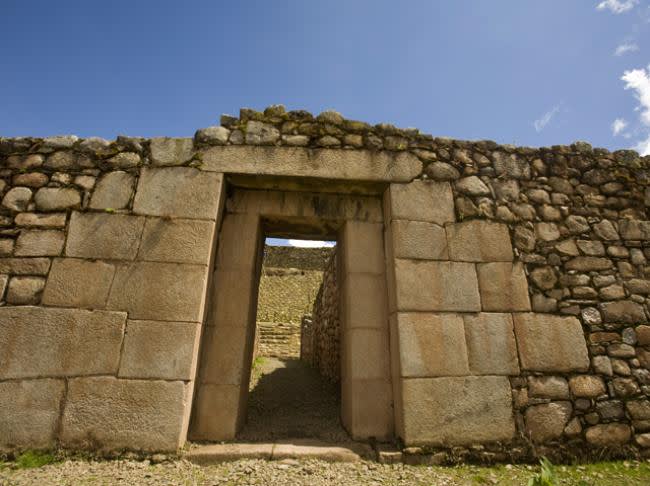
This is another one of those seriously underrated ruins that often gets overlooked by tourists. But the historical significance on Vitcos far outweighs the scenic beauty of its location.
Many historians argue that, were it not for Vitcos, American explorer Hiram Bingham might never have found Machu Picchu hidden in the Andes (with help from indigenous farmers) back in 1911. After all, it was this archaeological site that was one of his most sought-after finds.
Vitcos was originally an Inca settlement, and the ruins feature some of the most incredible stonework you’ll see in Peru. It’s also home to what many believe to be one of the most important Inca shrines, a beautifully carved white granite rock known as Yurak Rumi.
Llactapata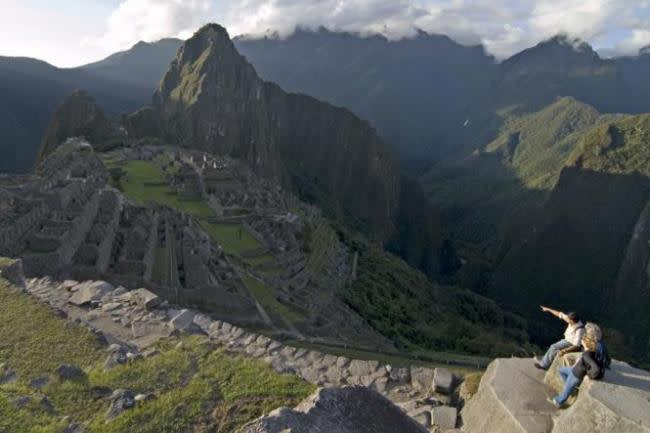
When the Spanish army was chasing the Inca people out of Cusco and the Sacred Valley of Peru, the retreating Manco Inca Yupanqui deliberately burned this ancient city to the ground. He was hoping to deter the advancing Spanish troops from continuing their pursuit. His plan was fairly successful: the Spanish never did discover the stone-paved Inca Trail, which we now know would have led them to other ruins (and priceless treasures) in the Sacred Valley and beyond.
Sitting at 9,000 feet above sea level just 3.1 miles west of Machu Picchu, Llactapata is another fascinating archaeological site that can only be seen by hiking the Inca Trail.
